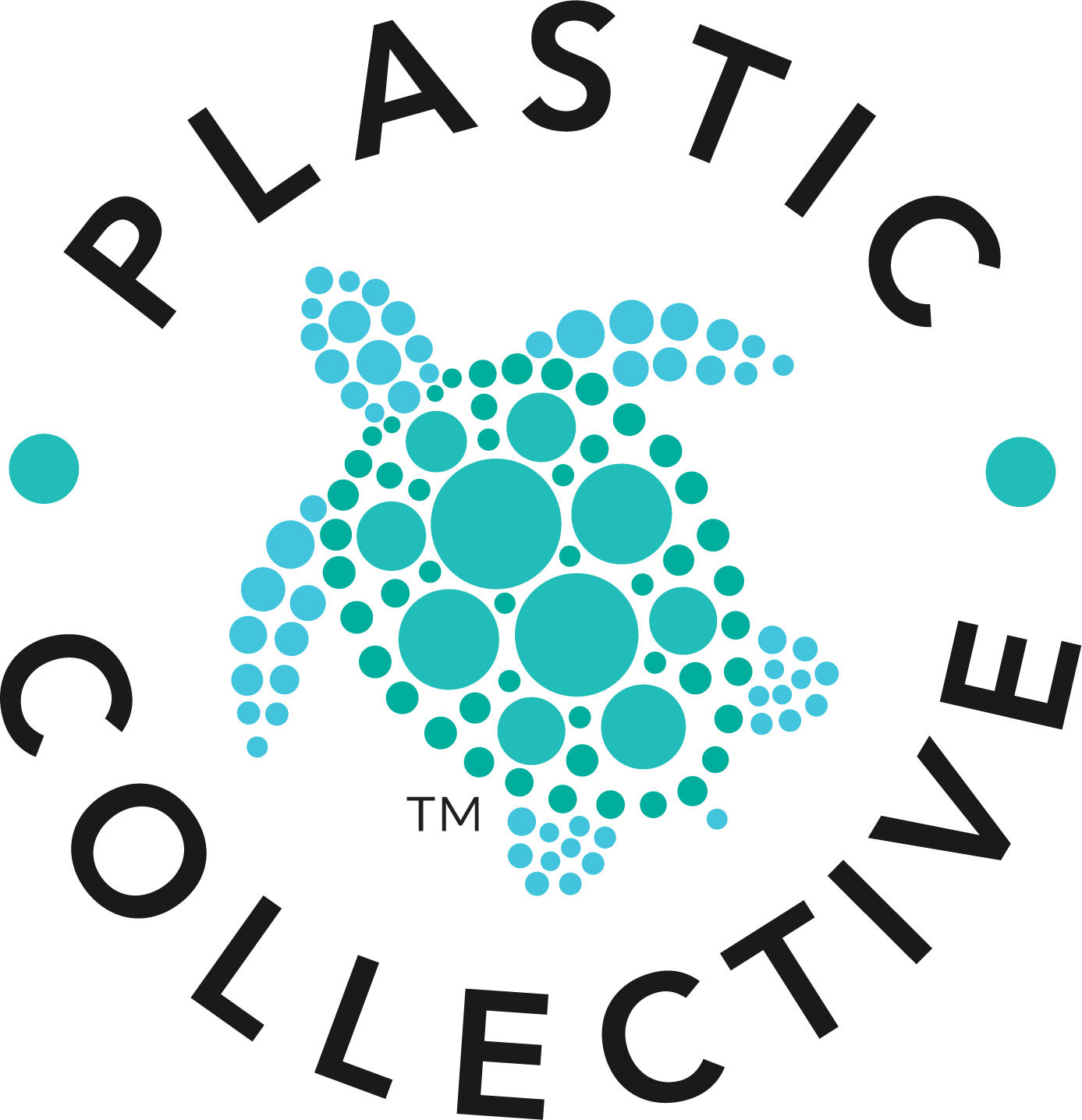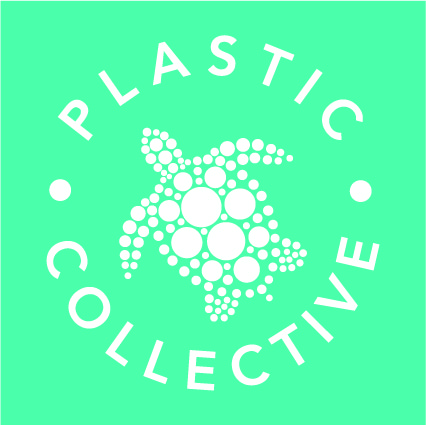Plastic Collective’s Plastic Leadership Labels
Plastic Collective offers the following plastic leadership labels to brands. The labels are awarded based on a brand’s achievements in the key circularity actions of collecting and recycling equivalent volumes of the plastic they sell or use, and using recycled content.
100% NET PLASTIC LABELS
100% Net Plastic Collected:
Brands may display the “100% Net Plastic Collected” label to demonstrate collection of their plastic.
To achieve this label a brand must:
- Disclose a set of key plastic accounting metrics including its plastic footprint, and an estimate of how much is likely to enter the natural environment;
- Disclose its plans to address the six critical circularity actions;
- Demonstrate the collection of equivalent volumes of the plastic it sells or uses*.
The label may be used by a brand to demonstrate the achievements at a product, brand, workplace or company level.
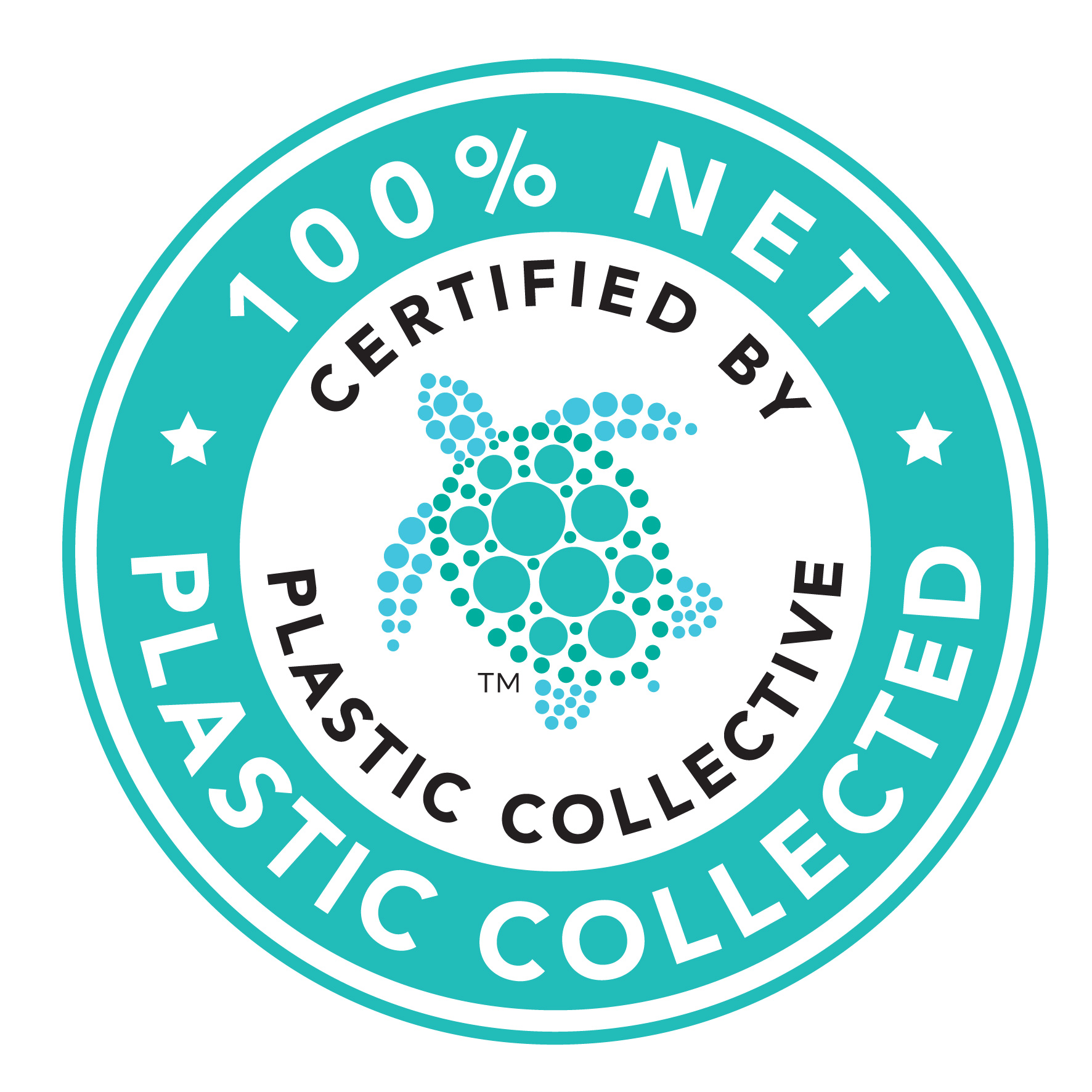
100% Net Plastic Recycled:
Brands may display the “100% Net Plastic Recycled” label to demonstrate collection and recycling of their plastic.
To achieve this label a brand must:
- Disclose a set of key plastic accounting metrics including its plastic footprint, an estimate of how much is likely to enter the natural environment, and how much is likely to remain unrecycled;
- Disclose its plans to address the six critical circularity actions;
- Demonstrate the collection and recycling of equivalent volumes of the plastic it sells or uses*.
A brand may choose to finance the collection and recycling of all volumes of plastic it sells or uses, or the volumes it estimates will enter the natural environment, and remain unrecycled, based on regional waste management infrastructure.
The label may be used by a brand to demonstrate the achievements at a product, brand, workplace or company level.
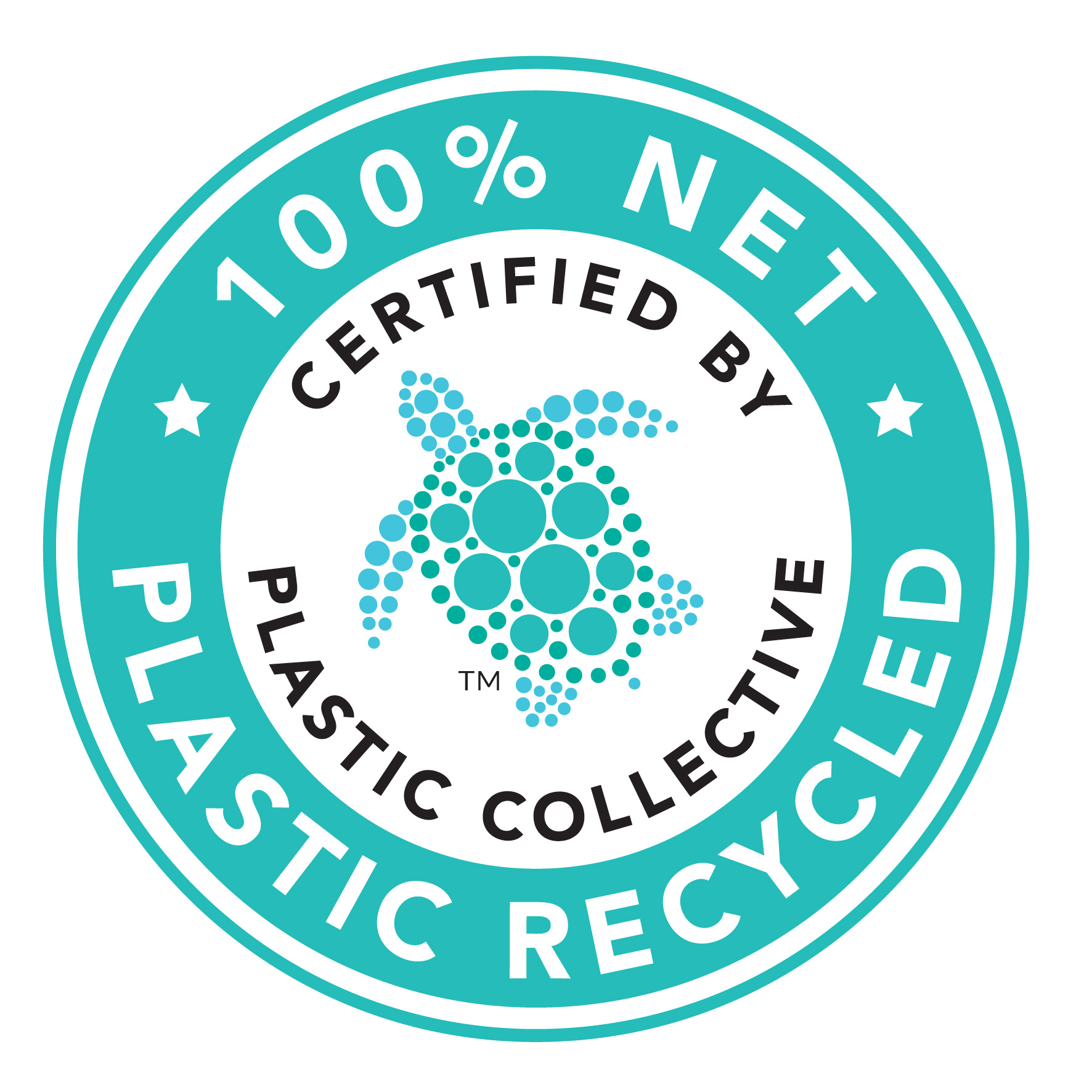
100% Net
Plastic Recycled
100% Net Plastic Circular:
Brands may display the “100% Net Plastic Circular” label to demonstrate circularity of their plastic.
To achieve this label a brand must:
- Disclose a set of key plastic accounting metrics including its plastic footprint, an estimate of how much is likely to enter the natural environment, and how much is likely to remain unrecycled;
- Disclose its plans to address the six critical circularity actions;
- Demonstrate 100% recycled content in the plastic it sells or uses*; and
- Demonstrate the collection and recycling of equivalent volumes of the plastic it sells or uses*.
A brand may choose to finance the collection and recycling of all volumes of plastic it sells or uses, or the volumes it estimates will enter the natural environment, and remain unrecycled, based on regional waste management infrastructure.
The label may be used by a brand to demonstrate the achievements at a product, brand, workplace or company level.
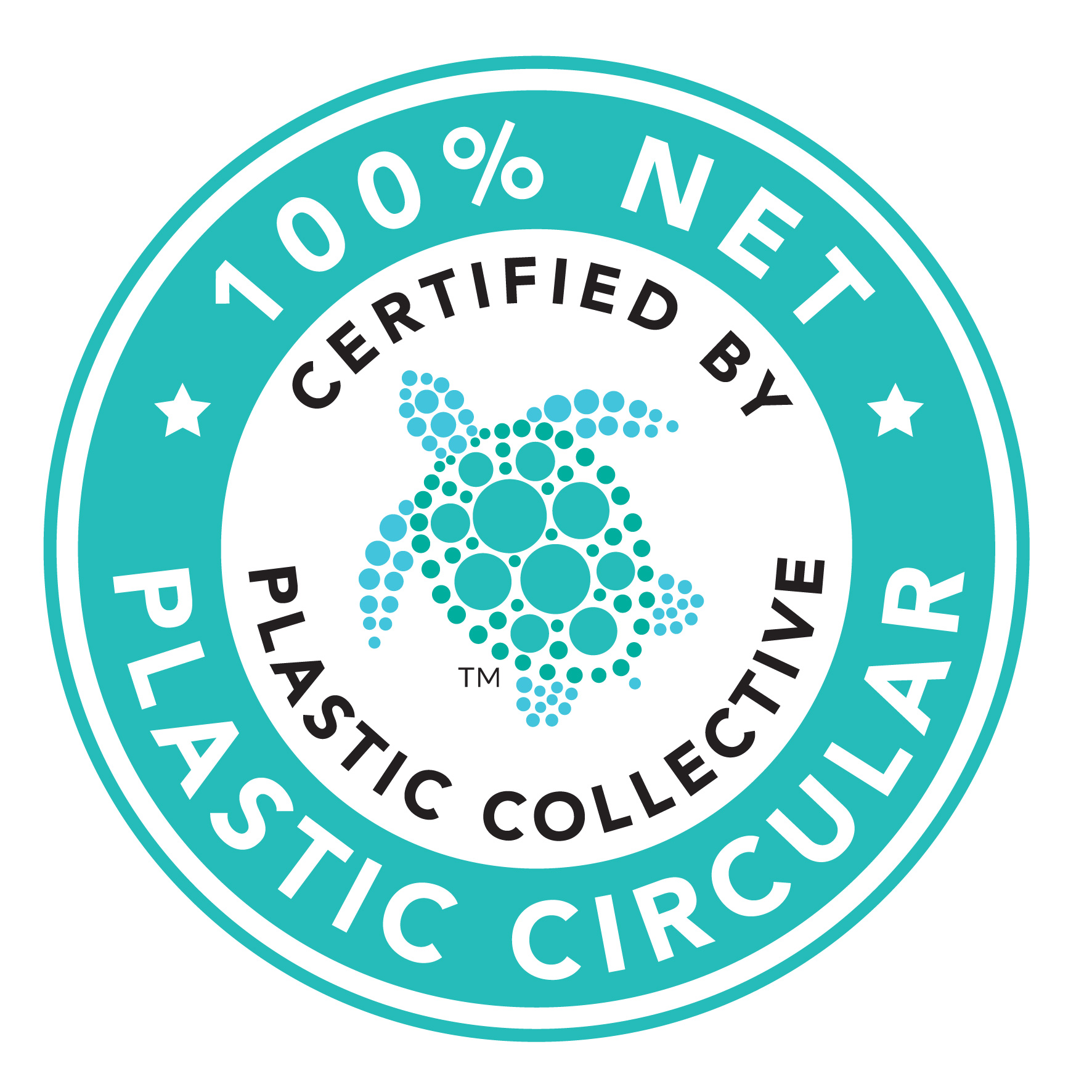
100% Net
Plastic Circular
REGENERATIVE PLASTIC LABELS
Regenerative Plastic Collected:
Brands may display the “Regenerative Plastic Collected” label to demonstrate regenerative collection of their plastic.
To achieve this label a brand must:
- Disclose a set of key plastic accounting metrics including its plastic footprint, and an estimate of how much is likely to enter the natural environment;
- Disclose its plans to address the six critical circularity actions;
- Demonstrate the collection of greater than the equivalent volumes of the plastic it sells or uses*.
- A brand may choose to finance collection in respect of all volumes of plastic it sells or uses, or the volumes it estimates will enter the natural environment, based on regional waste management infrastructure.
The label may be used by a brand to demonstrate the achievements at a product, brand, workplace or company level.
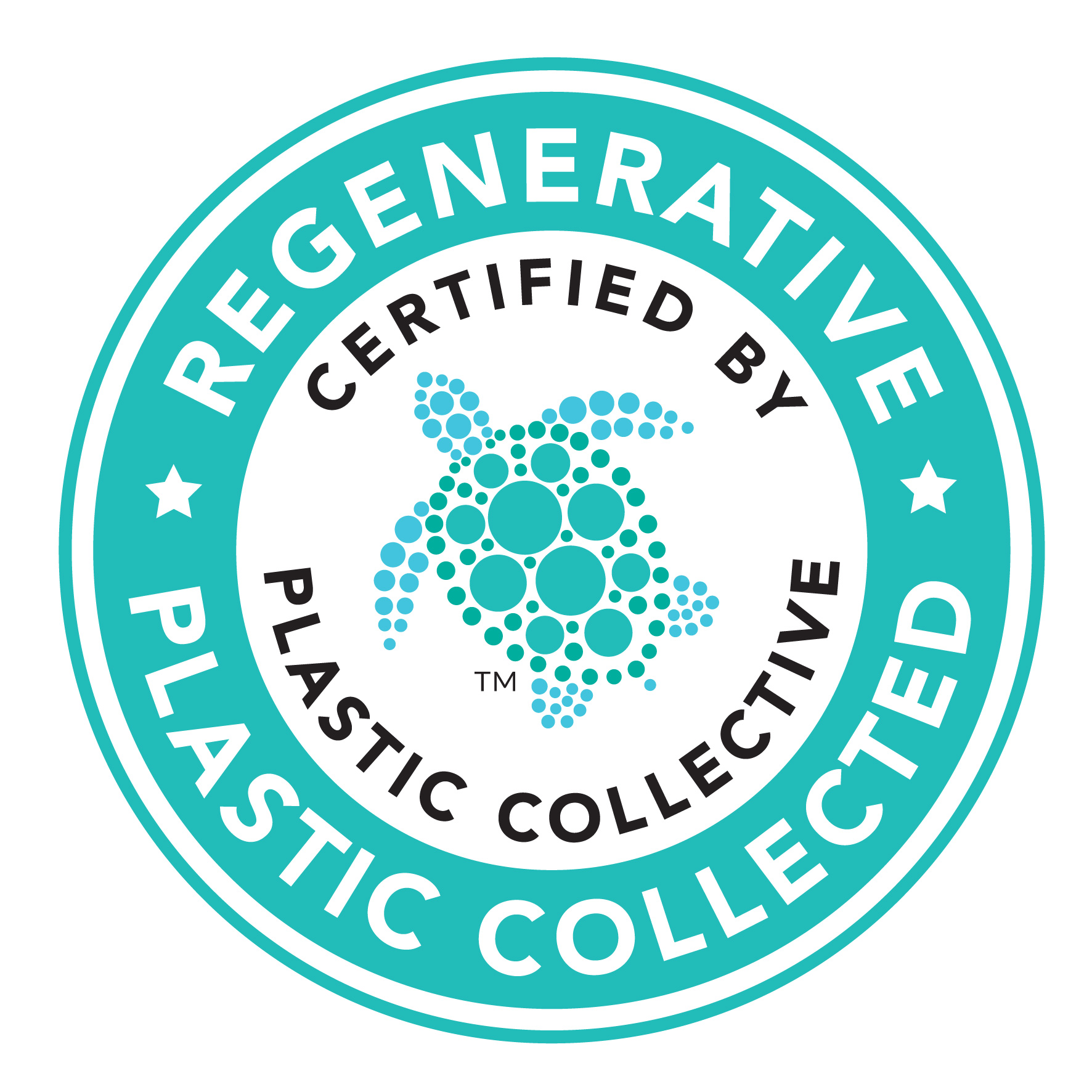
Regenerative
Plastic Collected
Regenerative Plastic Recycled:
Brands may display the “Regenerative Plastic Recycled” label to demonstrate regenerative collection and recycling of their plastic.
To achieve this label a brand must:
- Disclose a set of key plastic accounting metrics including its plastic footprint, an estimate of how much is likely to enter the natural environment, how much is likely to remain unrecycled;
- Disclose its plans to address the six critical circularity actions;
- Demonstrate the collection and recycling of greater than the equivalent volumes of the plastic it sells or uses*.
- A brand may choose to finance collection and recycling in respect of all volumes of plastic it sells or uses, or the volumes it estimates will enter the natural environment, and remain unrecycled, based on regional waste management infrastructure.
The label may be used by a brand to demonstrate the achievements at a product, brand, workplace or company level.
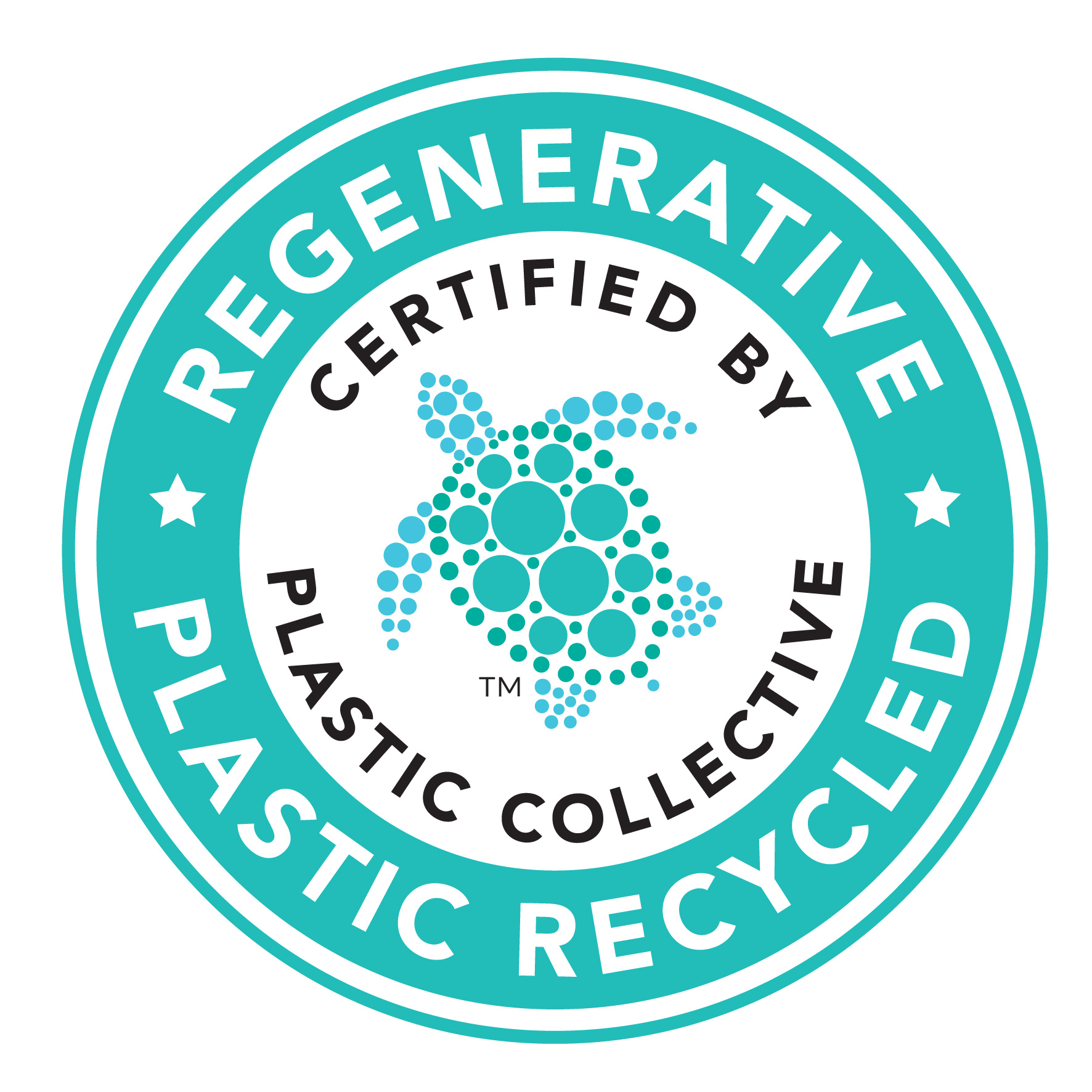
Regenerative
Plastic Recycled
Six Critical Circularity Actions
The following are six critical circularity actions. The more a brand performs these actions, the more its plastic becomes circular meaning that it stays within the circular economy and does not become waste. All brands that display a plastic leadership label must disclose their achievements to date and their future plans across the six critical circularity actions.
| Critical circularity action | Meaning |
| 1. Report | Calculating your key plastic accounting metrics including plastic usage* (footprint), estimating how much of that plastic is likely to enter the natural environment and likely to remain unrecycled, identifying targets to mitigate plastic in the future, and reporting on performance. |
| 2. Reduce | The extent to which your actions have reduced the amount of virgin plastic you use. |
| 3. Recyclability | The extent to which it is possible for your plastic to be recycled. |
| 4. Collect | Of the plastic waste that you use or put in the market, what is actually collected directly or indirectly by you. |
| 5. Recycle | Of the plastic waste that you use or put in the market, what is actually recycled directly or indirectly by you. |
| 6. Recycled content | Of the plastic you use in the future, how much of that is recycled plastic. |
* This is the total downstream macroplastic used by the brand – the “plastic footprint”. In the case of a product assessment, this is the plastic that leaves the brand’s operations with the products it sells. In the case of a workplace assessment, this is an estimate of the plastic used by the company on a day to day basis to run the workplace. Microplastics are plastics that measure less than 5mm in length and are not included in the assessment.
In the case of a regenerative claim, the brand demonstrates the applicable collection and or recycling activity to a level greater than 1x its selected basis of compensation (where basis of compensation may be all volumes of plastic it sells or uses, or the volumes it estimates will enter the natural environment, and remain unrecycled, based on regional waste management infrastructure) e.g. 2 times, 10 times, as disclosed by the brand.
